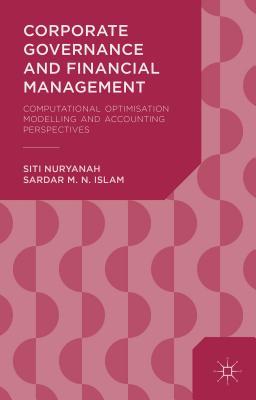Question
Question 1 (12 marks) Assume the expected rate of return on the market is 10% and the risk-free rate is 3%. a. TSL stock is
Question 1 (12 marks)
Assume the expected rate of return on the market is 10% and the risk-free rate is 3%.
a. TSL stock is now selling for $50 per share. It will pay a dividend of $3 per share at the end of the year. Its beta is 1.1. What do you expect the stock to sell for at the end of the year? (3 marks)
b. Ian is buying a firm with an expected perpetual cash flow of $2,500 but is unsure of its risk. If Ian thinks the beta of the firm is 0.8, when the beta is really 1.1, how much more will he offer for the firm than it is truly worth? [Hint: Value of perpetual cash flow = CF/r] (7 marks)
c. CKG stock has an expected rate of return of 8%. What is its beta? (2 marks)
Question 2 (17 marks)
a. An investor buys a 4% annual coupon bond with five years to maturity. The bond has a yield-to-maturity of 9%. The par value is $1,000.
i. Calculate the duration and modified duration of the bond. (5 marks)
ii. If the yield decreases to 8.5%, what is the new bond price using the duration concept? (3 marks)
b. Queenie is managing a pension fund with obligations to make payments of $6 million, $10 million, and $15 million at the end of the next three years, respectively. The market interest rate is 6% per annum.
i. Determine the duration of the funds obligation. (4 marks)
ii. Suppose Queenie plans to fully fund the obligation using both 6-month zero coupon bonds and perpetuities. Determine how much of each of these bonds (in market value) Queenie will hold in the portfolio. (5 marks)
Step by Step Solution
There are 3 Steps involved in it
Step: 1

Get Instant Access to Expert-Tailored Solutions
See step-by-step solutions with expert insights and AI powered tools for academic success
Step: 2

Step: 3

Ace Your Homework with AI
Get the answers you need in no time with our AI-driven, step-by-step assistance
Get Started


